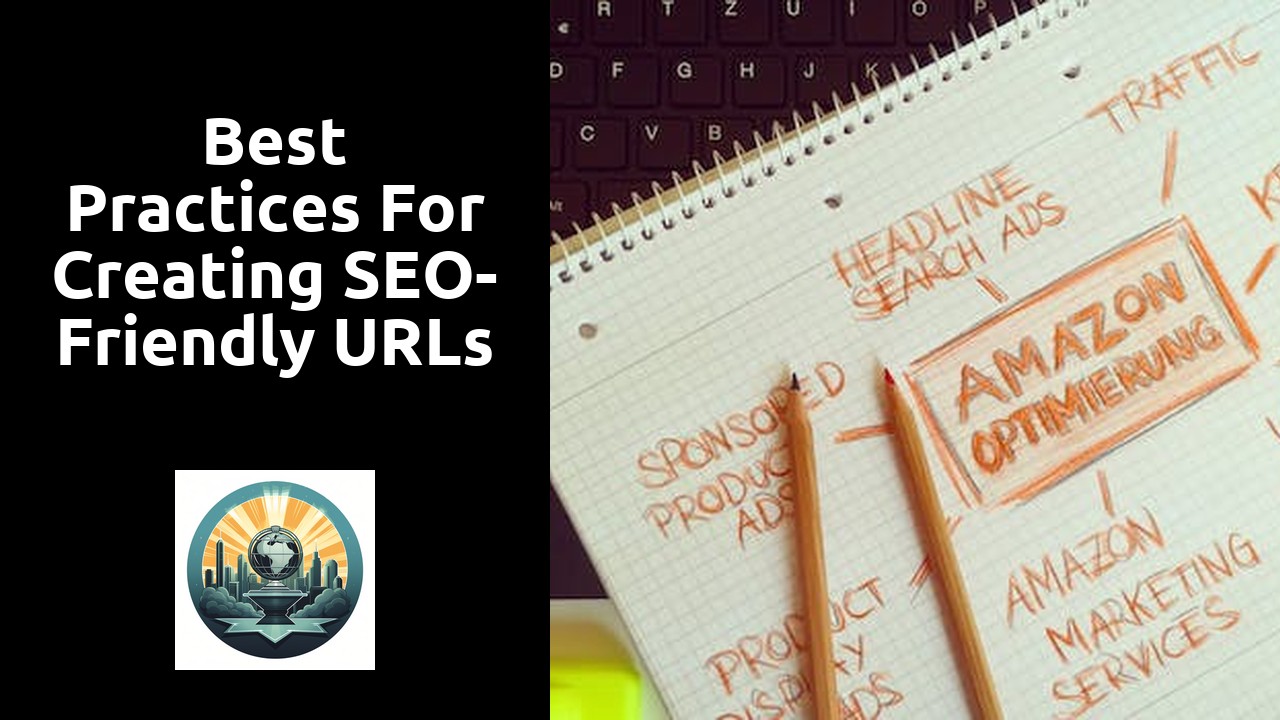
Best Practices for Creating SEO-Friendly URLs
Understanding the Importance of SEO-Friendly URLs
A well-structured and search engine optimization (SEO)-friendly URL can greatly contribute to the success of your website. An SEO-friendly URL is one that is specifically designed to be easily understood by both search engines and human users. It is concise, relevant, and includes keywords that accurately describe the content of the page. By incorporating SEO-friendly URLs into your website, you can improve visibility in search engine results, enhance user experience, and ultimately drive more organic traffic to your site.
One of the key benefits of using SEO-friendly URLs is improved search engine visibility. When search engines crawl and index websites, they pay close attention to the URL structure. Having a clear and descriptive URL helps search engines understand the context and relevance of the page's content. By including relevant keywords in your URL, you increase the chances of your webpage appearing in search results when users are searching for related topics. This can significantly boost your website's visibility, as it makes it easier for search engines to identify and rank your content. Additionally, when users see a URL that mirrors their search query, they are more likely to click on your link, further increasing your website's organic traffic.
Keeping Your URLs Short and Descriptive
When it comes to creating URLs for your website, it is important to keep them short and descriptive. A well-crafted URL can not only improve the user experience but also have a positive impact on search engine optimization (SEO). Short URLs are easier to remember and share, while descriptive ones provide a clear indication of the content or purpose of the page.
One key reason to keep your URLs short is to enhance the user experience. Long and convoluted URLs can be challenging for people to type or remember. By keeping them concise and to the point, you make it easier for users to navigate your website. Additionally, shorter URLs are more visually appealing and less overwhelming, especially when displayed in search engine results or shared on social media platforms. Make sure to use significant keywords that accurately reflect the content of the page, as this helps users understand what they can expect to find.
Utilizing Hyphens to Separate Words in URLs
When it comes to creating URLs for your website, it's crucial to utilize hyphens to separate words. This practice not only improves the readability of your URLs but also enhances search engine optimization (SEO). By replacing spaces or underscores with hyphens, you ensure that your URLs are easier for both users and search engines to understand. For example, a URL like "www.example.com/best-tips-for-seo" is much more straightforward and descriptive compared to "www.example.com/besttipsforseo". The hyphens act as visual separators, making it easier for readers to identify each word and comprehend the context of your webpage.
Furthermore, the use of hyphens in URLs has proven to be particularly beneficial for SEO purposes. Search engines like Google rely on URL structures to determine the relevance and subject matter of your webpages. By incorporating hyphens between words, you provide clear signals that can help search engines understand the content of your pages more accurately. Additionally, hyphens are essential for readability. When URLs contain hyphens, they are easier for users to interpret and share. This can lead to higher click-through rates, as users are more likely to click on URLs that are concise, logical, and easy to read.
Avoiding Dynamic URLs and Maintaining a Static Structure
One crucial aspect of website optimization is avoiding dynamic URLs and maintaining a static structure. Dynamic URLs, which are generated on-the-fly by a website's server every time a visitor requests a specific page, can be detrimental to your site's SEO efforts. Dynamic URLs typically include variables and query strings that make them appear messy and unclear to both search engines and users. This can result in lower search engine rankings and reduced user engagement. By opting for a static URL structure, where URLs remain the same regardless of user interactions, you can improve the visibility and overall performance of your website.
Maintaining a static structure not only benefits your site's SEO but also enhances the user experience. With a static structure, the URLs of your webpages are clean, concise, and easy to understand. This allows users to quickly and accurately gauge the content of a page just by glancing at its URL. Additionally, static URLs are often more memorable and shareable, making it easier for users to bookmark, share, and return to your website. By providing users with clear, static URLs, you can improve their browsing experience and encourage them to engage more with your site's content.
Implementing Canonical URLs to Avoid Duplicate Content
Implementing canonical URLs is a crucial strategy to prevent duplicate content issues on your website. When multiple URLs lead to the same page, search engines may have difficulty determining which version is the most relevant. This can result in the diluted ranking of your content and potential loss of organic traffic. By implementing canonical URLs, you are essentially telling search engines which version of the page should be indexed and ranked, consolidating the authority and ensuring that only one URL is displayed in search results.
To implement canonical URLs effectively, you need to identify the preferred version of each page and add a rel=canonical tag in the head section of the HTML code. This tag indicates the URL that search engines should consider as the authoritative version. It is essential to align the chosen canonical URLs with the most important and relevant content, ensuring that they are consistent across all pages. By implementing canonical URLs correctly, you not only avoid duplicate content issues but also improve the overall user experience and SEO performance of your website.
Related Links
Top Strategies for Optimizing Headings and Subheadings for SEOUnderstanding the Impact of Heading Tags on SEO Performance